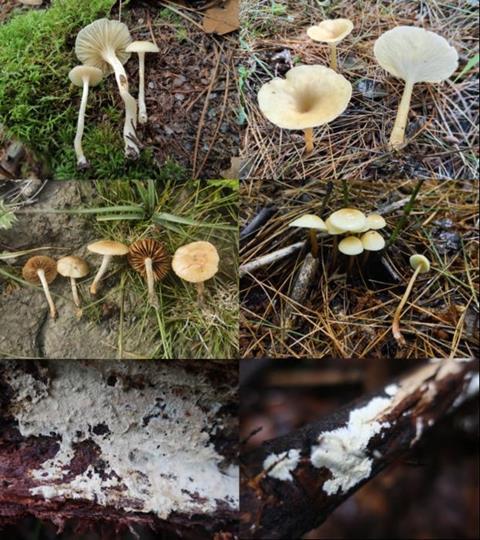The Himalayas, located on the southern edge of Qinghai-Tibetan Plateau and the border area of Xizang, are the highest (average alt. over 6,000 m) mountain range on the earth. Influenced by the warm and humid air currents from Indian Ocean, the south Himalayas has abundant rains in summer, which provides a suitable habitat for the growth of macrofungi.

During a field trip in July 2023, 882 specimens in six counties from the border area of Xizang, China were collected. According to morphological examinations and phylogenetic analyses, the collections were identified as 339 species, belonging to 2 phylum, 5 classes, 16 orders, 40 families, and 169 genera, among which 15 new macrofungal species were revealed and are described in this paper. These species are taxonomically distributed in six orders, 11 families, and 12 genera, the study published in Mycology shows.
READ MORE: The Future is Fungi Award: showcasing the fascinating problem-solving scope of fungi
READ MORE: Remarkable new plant species steals nutrients from underground fungi
In addition, one new combination is proposed. It should be noted that the border area of Xizang is huge, and thus much more efforts should be made to clarify the macrofungal diversity there. The current paper represents the preliminary systematic exploration of macrofungi in this region.







No comments yet